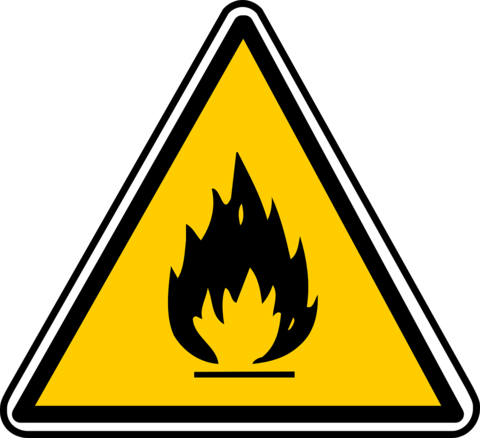
One of NIST’s primary missions is the development and use of standards to be used throughout society for the betterment of the public and improved quality of life. More specifically, NIST develops and disseminates these standards to allow technologies, and the organizations that use them, to run and operate effectively and efficiently. These standards set the bar for how things should function. Recently, the Rand Corporation, along with the assistance of Kathleen McTigue, an economist in the Technology Partnerships Office, completed a substantial research study looking into NIST's Impact on Fire Safety Standards.
This study focused on three main objectives: documenting NIST’s role in developing these fire safety standards, estimating the value provided by these standards, and informing the economic benefit of NIST’s role in instituting these standards.
Since the early 1900’s, NIST has taken an interest mitigating fire-related issues. However, the Fire Research and Safety Act of 1968, allowed NIST to drive the research forward through increased funding opportunities. Through this national emphasis, NIST was able to focus on new and improved standards in fire safety. In doing this, the researchers took the idea of a single-station smoke detector in buildings and homes and transformed it from concept to practical application. By 1972, there were 17,000 smoke detectors installed in homes, reducing the number of fire-related injuries and damage. The very next year the first device standard for smoke alarms was implemented, accelerating widespread use across the country. In the decades since, NIST has played a major role in updating smoke alarm performance requirements, drastically decreasing annual fire costs.
NIST began increasing wildland-urban interface efforts while engaged in fire safety standards for buildings and homes. Due to large wildfires in the 1990s and 2000s, the National Fire Research Laboratory at NIST devoted more resources to cutting down on this issue. The laboratory quickly engaged in researching fire spread, data collection and surveys of major fires, and funding for wildfire related research. From these efforts, the standard for reducing structure ignition hazards from wildland fire was developed.
The RAND Corporation clarified at the end of the study that it was difficult to attribute the positive outcomes to any single standard that had been introduced. It was also difficult to separate out the value of NIST’s contributions to the development of those standards, given the multiple collaborators in their development. As RAND points out, however, NIST was a key collaborator and their long-term research activities have greatly affected progress in fire safety standards.
This can be seen in the decrease of fire-related injuries and damages over the years. In 1970, there were over 100,000 injuries and $65 billion in property damages from fires. As of 2008, with standards in play, fire-related injuries fell by 75% and property damages were reduced to $26 billion. Overall, it has been estimated that the improved fire safety standards saved close to $95 billion in associated costs.

